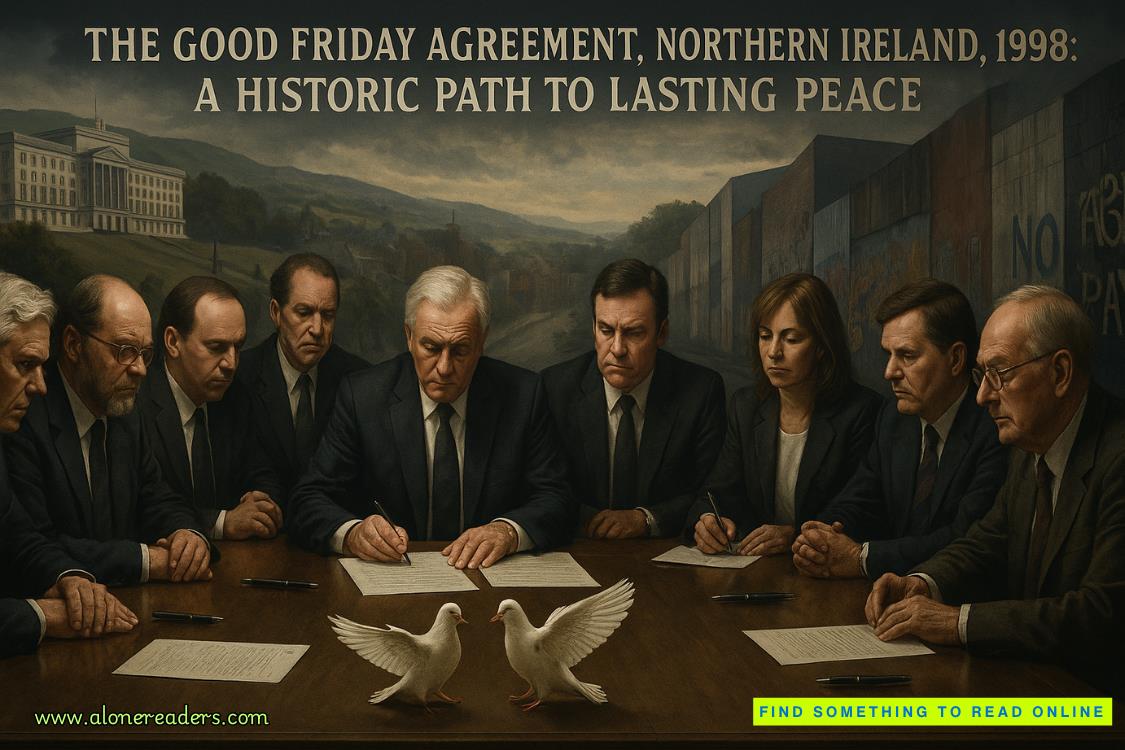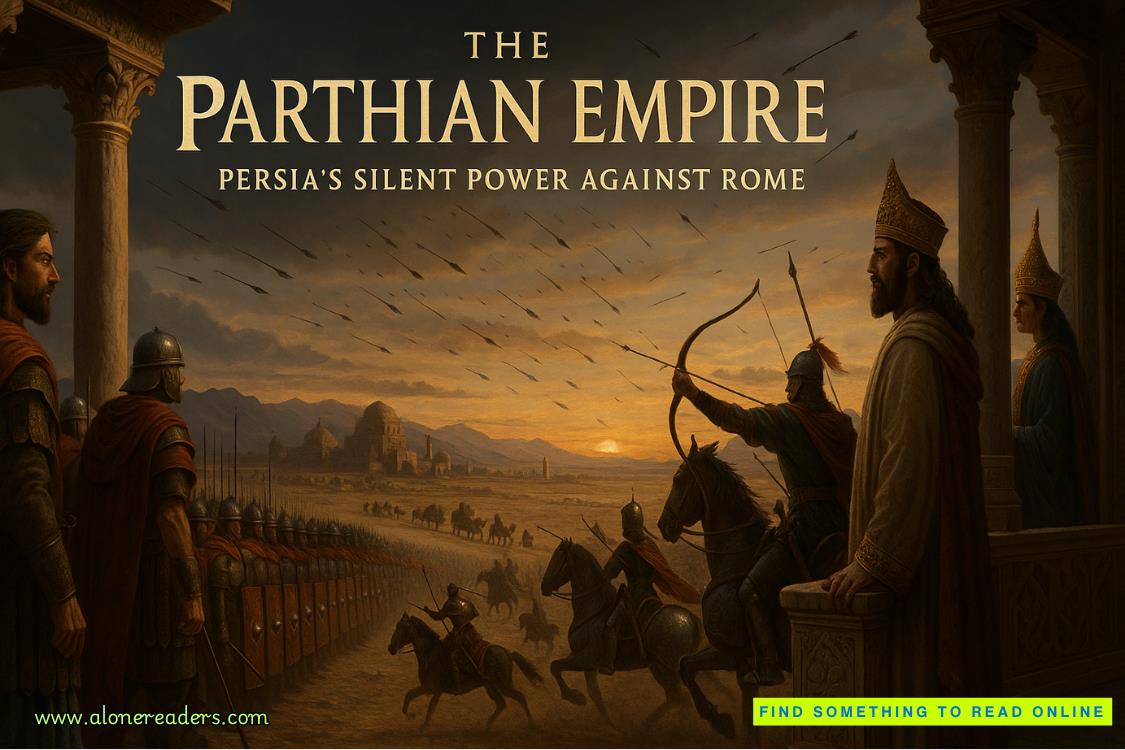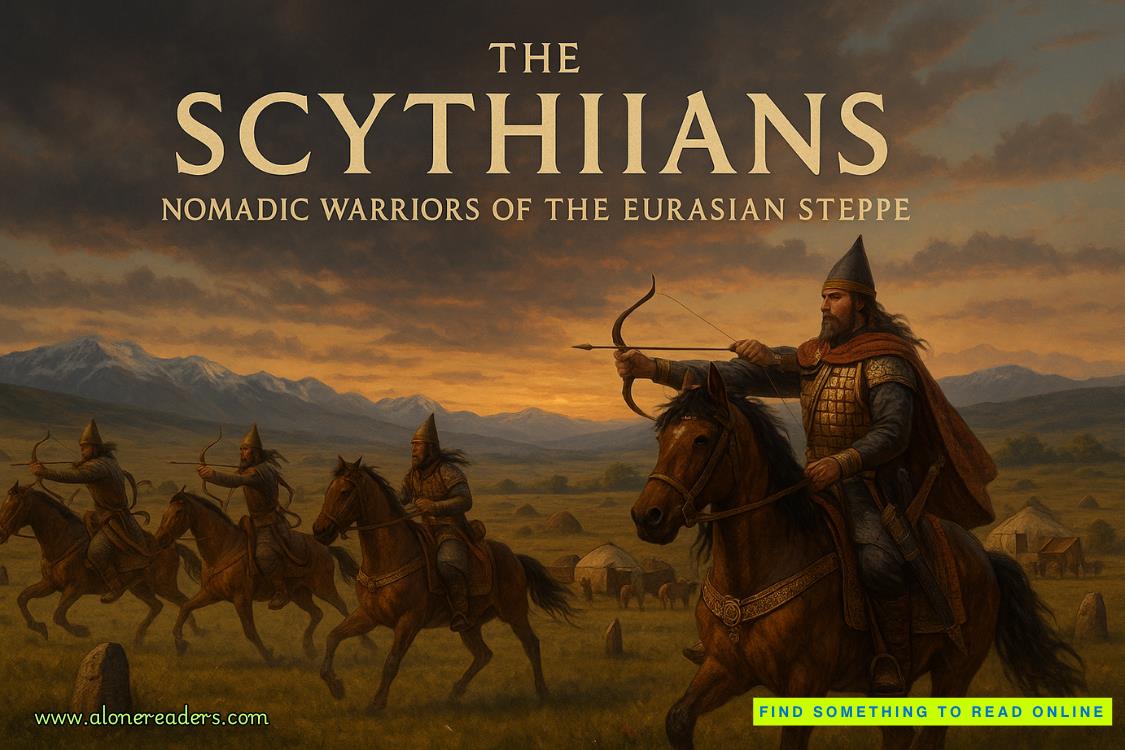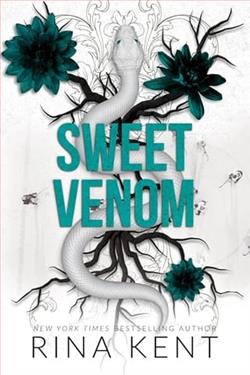Page 45 of Alien Attachment
Small movements that press her more firmly against me, her hip shifting to create friction against places that respond with embarrassing enthusiasm. Fingers that trace random patterns on my tendrils, following the sensitive neural pathways until I have to grip the controls tighter to maintain course. Soft sounds of contentment that vibrate through her body into mine, littlehumming noises that suggest she’s remembering our earlier activities in vivid detail.
“Are you attempting to cause a navigation error?” I finally ask as we approach the jump point, my voice strained with the effort of maintaining professional competence while she explores the sensitive spot behind my ear with her tongue.
“Would I do that?” she replies with mock innocence, punctuating her question by nipping gently at my earlobe.
“Yes,” I state flatly, though heat races through my bond-lines at the contact. “You are deliberately stimulating my more sensitive neural pathways while I pilot this vessel. If you continue, I cannot guarantee our safe arrival at our destination.”
“Maybe a little,” she admits, and I feel her smile through our bond as she discovers a particularly responsive cluster of nerve endings along my jaw. “Consider it positive reinforcement for the excellent rescue work.”
“Your approval is noted and... appreciated,” I manage, initiating the hyperspace sequence with perhaps less precision than usual. The calculations take longer when significant portions of my processing power are dedicated to cataloging the sensation of her mouth against my throat, the way her breath hitches when I pulse bioluminescence in response to her touch.
“Good,” she says, pressing another kiss to my throat that makes my tendrils curl involuntarily around her. “Because we’ve got a long flight ahead of us, and I plan to show my appreciation thoroughly.”
The promise in her voice sends anticipation racing through my consciousness, images and possibilities that have nothing to do with navigation and everything to do with the creative ways she might choose to express her gratitude.
The hyperspace transition activates, and we slip away from ApexCorp territory into the freedom of open space. Behind us, our pursuers continue their futile search, their sophisticatedtechnology turned against them by the very weapon they sought to reclaim. Ahead lies uncertainty, danger, possibility.
And beside me—pressed against me, warm and alive and choosing to be here—is Kaylee, my partner, my light, my perfectly maddening human who has transformed me from tool to individual, from programmed response to chosen devotion.
“Where to now?” she asks as the stars streak past in hyperspace, her voice soft with contentment and promise.
“Wherever you wish to go,” I tell her honestly, meaning it completely. “I am yours to command.”
“Partners don’t command each other,” she corrects, then adds with a wicked smile that I feel rather than see, “though I might make some very enthusiastic suggestions.”
I was created to be a weapon. I choose to be her partner.
And I am discovering that choice, freely made, is infinitely more powerful than any programming.
13
North Star
Jhorn
Theescapepod’slifesupport systems emit a concerning wheeze as we drift through the debris field of a long-dead star system, the ancient stellar remnants creating a natural maze of twisted metal and crystallized gases that should mask our signature from any pursuing vessels. For the past 6.7 hours, Kaylee has been pressed against me in a space designed for emergency evacuation, not extended travel—every curve of her body molded against mine with an intimacy that makes concentration on practical matters remarkably challenging.
The pod’s designers clearly prioritized function over comfort, creating a cramped cocoon barely large enough for one human, let alone a human and someone of my enhanced proportions. Every surface curves inward, forcing us into constant contact that my rebellious nervous system interprets as an extended invitation to explore. Her hip rests against my thigh, her back curves perfectly into the hollow of my chest, and one of her hands has somehow found its way to rest over my primary heart, palm flat against the rhythm that quickens whenever she moves.
I should be focusing on our survival, plotting our next destination, monitoring for pursuit. Instead, I find myself cataloging the seventeen different ways her hair tickles my throat when she moves—silk-soft strands that catch what little light filters through the viewport and carry that uniquely Kaylee scent that makes my bond-lines pulse with inappropriate frequency. There’s also the fascinating fact that her pulse point tastes faintly of salt and something uniquely her when I cannot resist pressing my lips there during what I tell myself are necessary position adjustments.
Her breathing has settled into the deep, rhythmic pattern of near-sleep, but I can feel through our bond that she’s not quite unconscious—there’s an awareness there, a warm contentment mixed with something that might be anticipation. The symbiotic ring on her finger pulses in gentle synchronization with myown bio-patterns, creating a feedback loop that sends pleasant warmth through my nervous system.
“Stop that,” she murmurs without any real conviction, her voice drowsy with exhaustion but tinged with something that definitely isn’t annoyance.
“Stop what, specifically?” I ask, though one of my tendrils is currently tracing the curve of her hip with what could generously be called medical precision if one ignored the entirely non-medical intent behind the gesture. The appendage seems to have developed its own appreciation for the elegant line where fabric meets skin, and keeps finding excuses to explore the territory.
“Being distracting while I’m trying to plot our next move,” she says, though she arches slightly into my touch, which sends contradictory signals through our bond—her words say ‘stop’ but her body language suggests ‘continue with extreme enthusiasm.’
“I am merely ensuring optimal circulation to your lower extremities,” I inform her with perfect seriousness, even as said tendril discovers the sensitive spot just above her hip bone that makes her breathing change in distinctly non-medical ways. “Extended time in confined spaces can cause thrombosis, muscle atrophy, decreased lymphatic drainage—”
“Jhorn.”
“Yes?”
“Your tendril is not checking my circulation.” Her voice carries that dry humor I’m learning to treasure, mixed with breathless awareness that makes my bioluminescence pulse betrayingly.
I pause to consider this observation with the thoroughness it deserves. She is, of course, entirely correct. The tendril in question has migrated considerably higher than any circulation assessment would require and is currently exploring the sensitive hollow where her leg meets her torso with obvious intent. Furthermore, it has been joined by two additionalappendages that seem to have developed their own mission parameters involving the fascinating landscape of her ribcage and the intriguing territory just below her collarbone.















